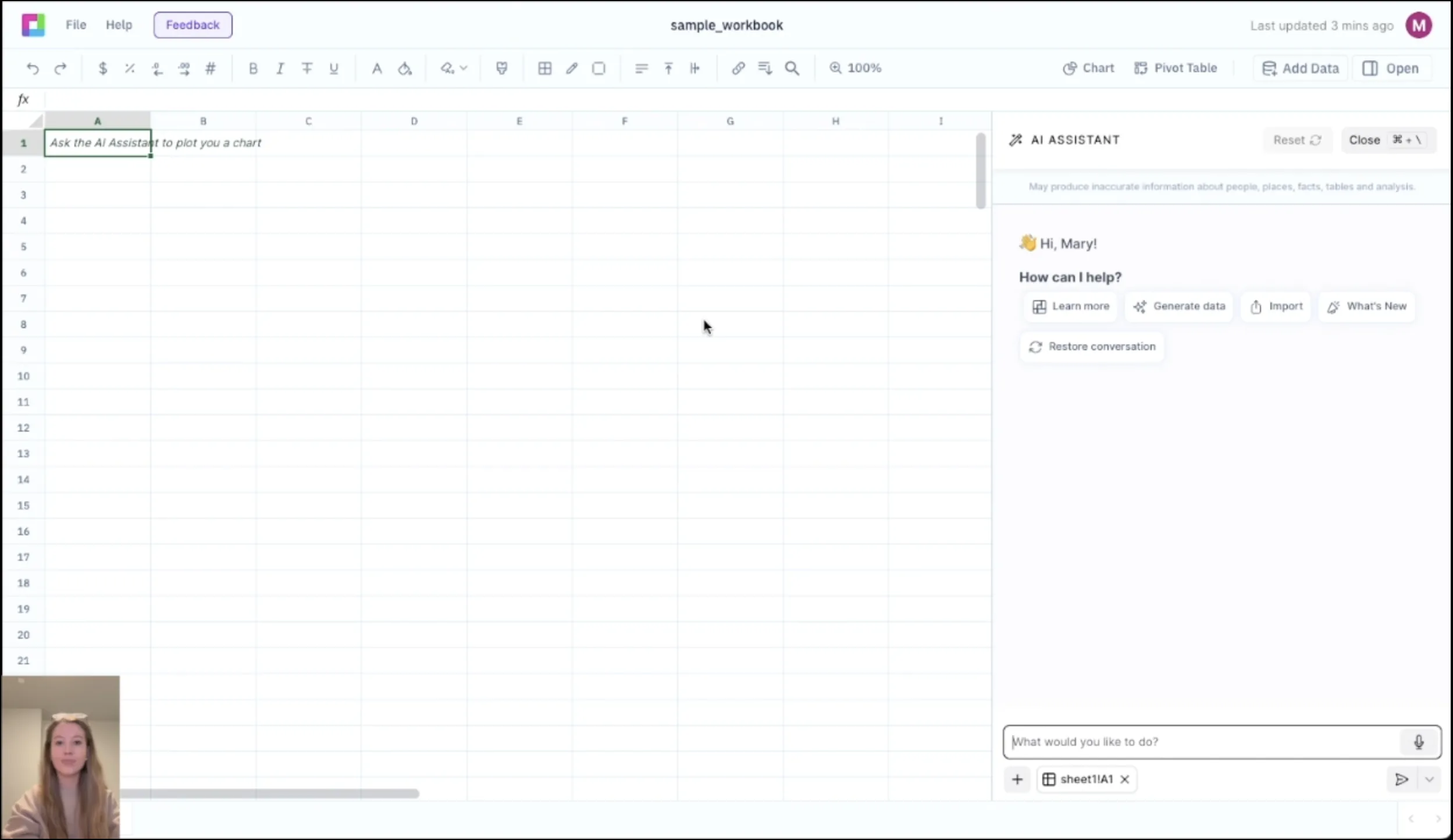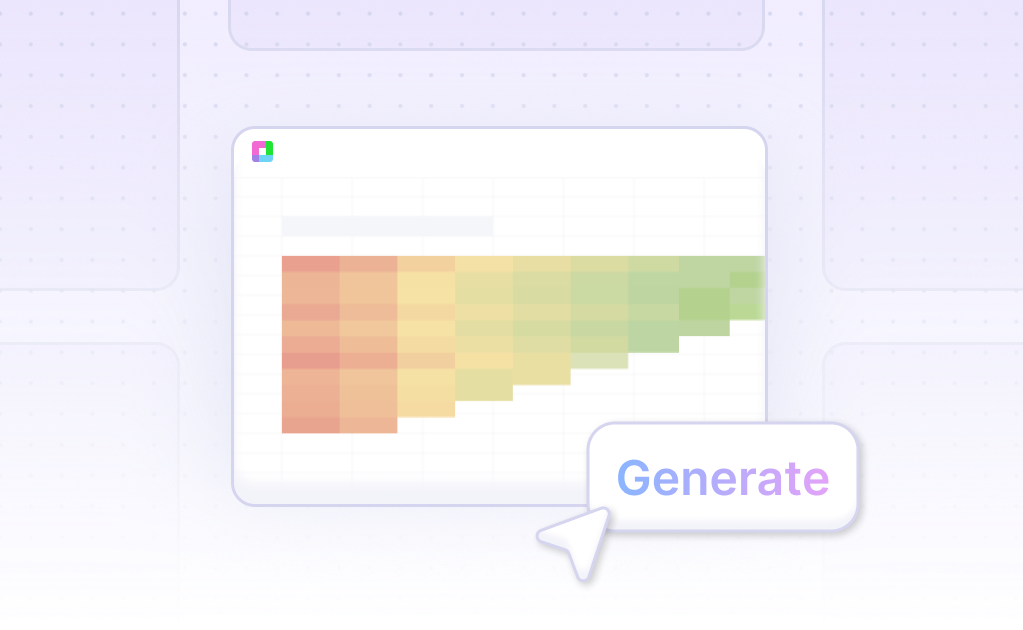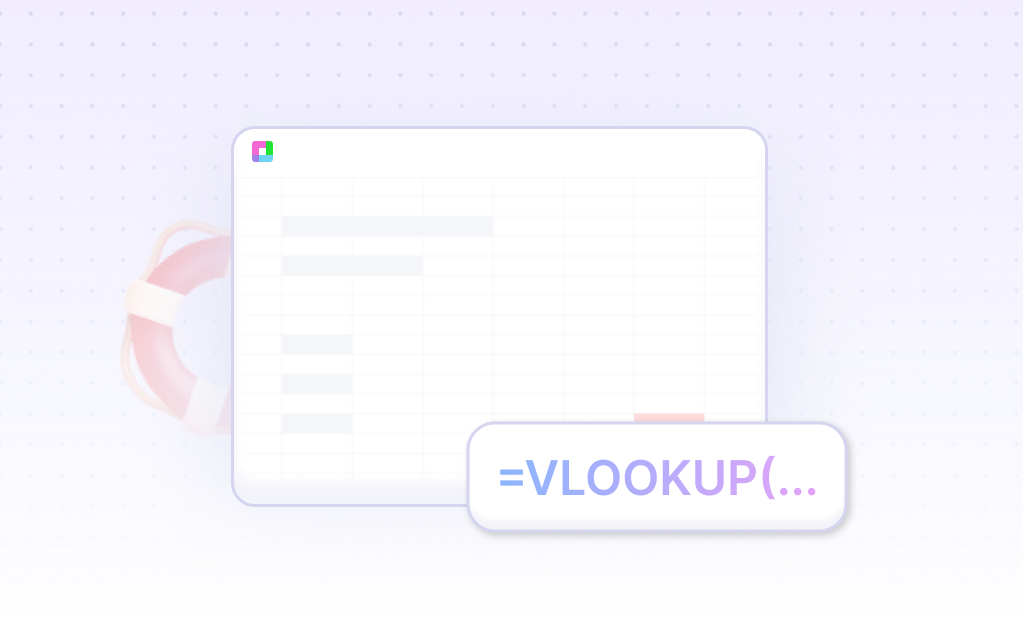
Master Market Making P&L with Professional Trading Analytics
Market making P&L analysis requires sophisticated tracking of spreads, inventory positions, and trading performance across multiple securities. Our Market Maker P&L template provides comprehensive tools to analyze trading performance, optimize spreads, and manage inventory risk with institutional-quality analytics.
From spread analysis to inventory management, optimize market making operations. Built for market makers, trading desks, and quantitative analysts, this template helps you track P&L performance, analyze spreads, and optimize market making strategies.
Comprehensive Market Making P&L Analysis
Trading P&L Attribution
Analyze trading P&L with detailed attribution including spread capture, inventory carry, and market movement impacts. Track realized and unrealized P&L across time periods.
Spread Analysis & Optimization
Analyze bid-ask spreads with capture rates, spread compression, and competitive dynamics. Optimize spread pricing based on volatility, volume, and market conditions.
Volume & Turnover Analysis
Track trading volume, turnover rates, and flow analytics. Analyze customer flow patterns, institutional versus retail mix, and volume-weighted performance.
Market Share & Competitive Analysis
Monitor market share across different securities and time periods. Analyze competitive positioning, quote frequency, and market making effectiveness.
Inventory Management & Risk Control
Inventory Position Tracking
Track inventory positions across all securities with real-time position updates, aging analysis, and concentration monitoring. Analyze inventory turnover and holding periods.
Inventory Risk Management
Monitor inventory risk with VaR calculations, position limits, and stress testing. Implement automated alerts for position breaches and concentration limits.
Hedging & Risk Mitigation
Analyze hedging strategies with delta hedging, sector hedging, and portfolio hedging approaches. Track hedge effectiveness and basis risk.
Capital Allocation & ROE
Optimize capital allocation across securities and strategies. Calculate return on equity, capital efficiency, and risk-adjusted returns for market making activities.
Frequently Asked Questions
How does it track market making P&L attribution?
The template provides detailed P&L attribution including spread capture, inventory carry, market movement impacts, and trading fees. It separates realized and unrealized P&L with time-based analysis.
Can it optimize bid-ask spreads?
Yes, the template analyzes spread performance with capture rates, competitive dynamics, and market conditions. It provides optimization frameworks for spread pricing based on volatility and volume.
How does it handle inventory risk management?
The template includes comprehensive inventory risk management with position tracking, VaR calculations, and automated alerts. It monitors concentration limits and provides hedging analysis.
Does it include competitive analysis?
The template provides market share analysis, competitive positioning, and quote frequency metrics. It helps analyze market making effectiveness relative to competitors.
How does it calculate return on equity for market making?
The template calculates ROE with capital allocation analysis, risk-adjusted returns, and capital efficiency metrics. It provides performance measurement across different securities and strategies.
Related Trading Tools
Connect your most-used data sources and tools to Sourcetable for seamless analysis.
Frequently Asked Questions
If you question is not covered here, you can contact our team.
Contact Us





